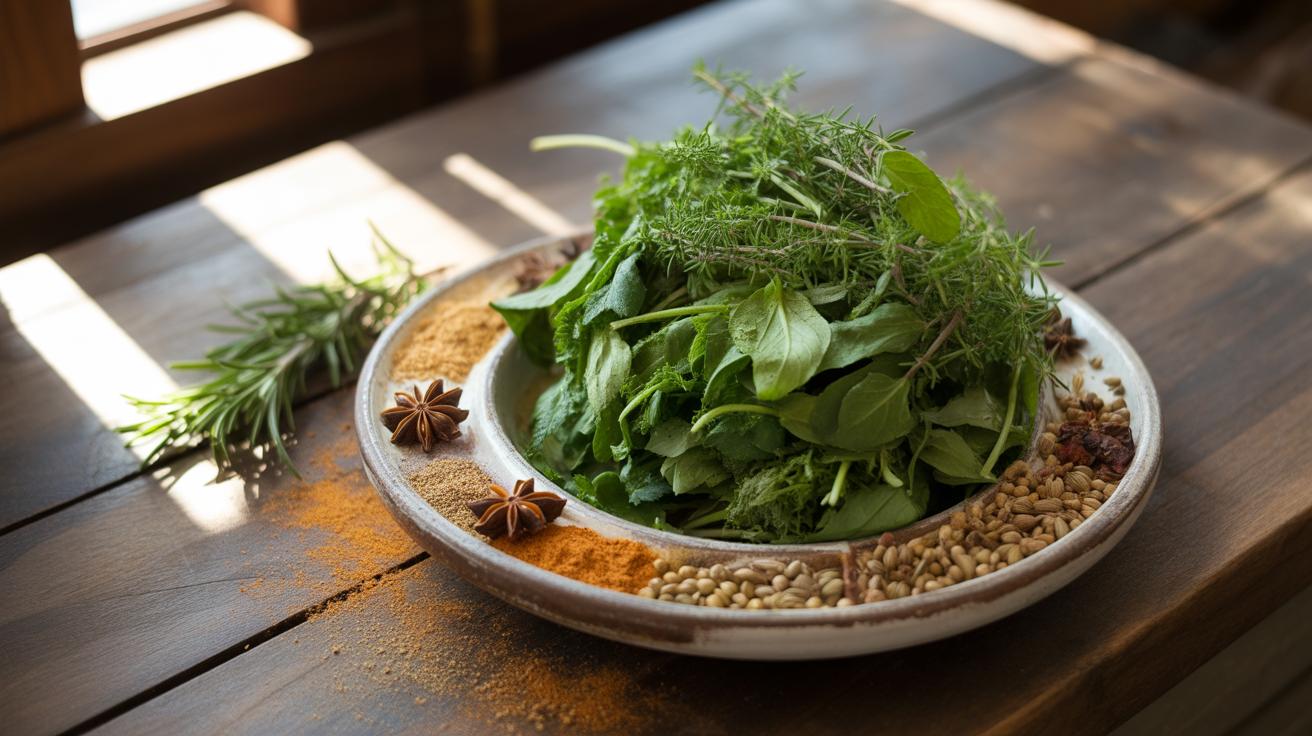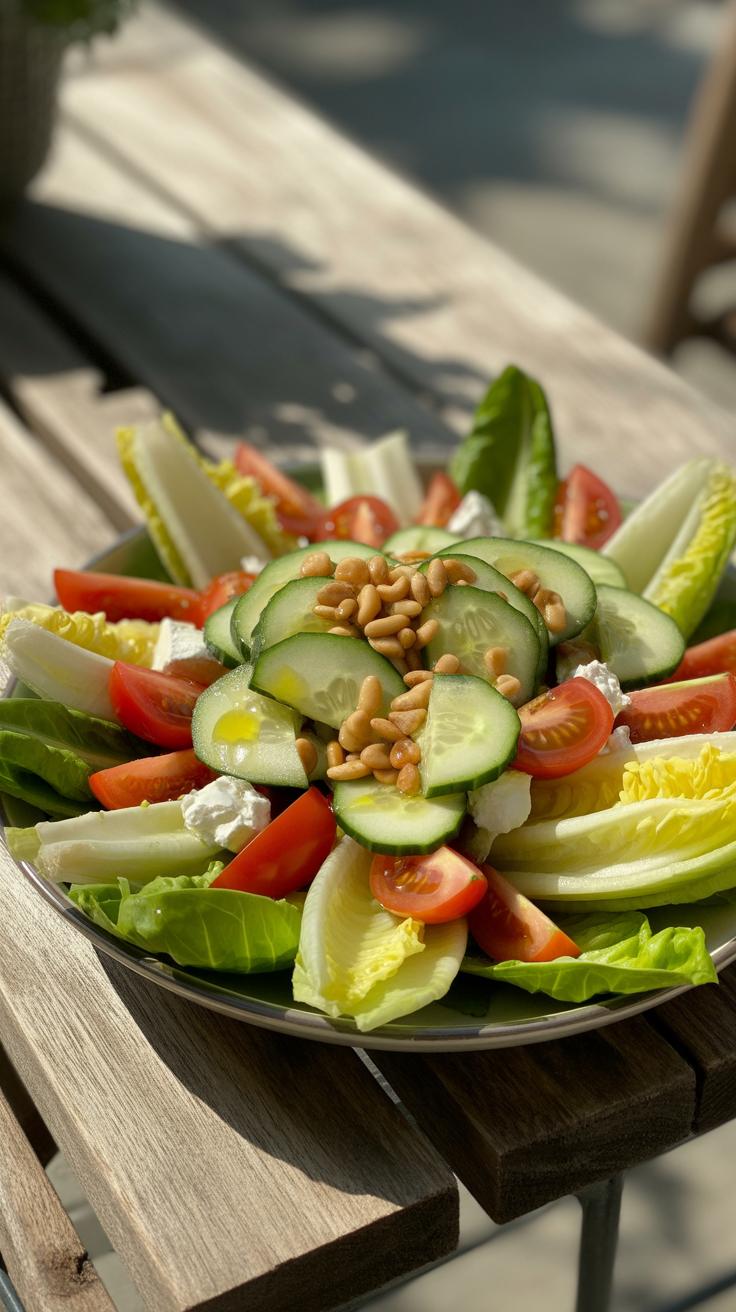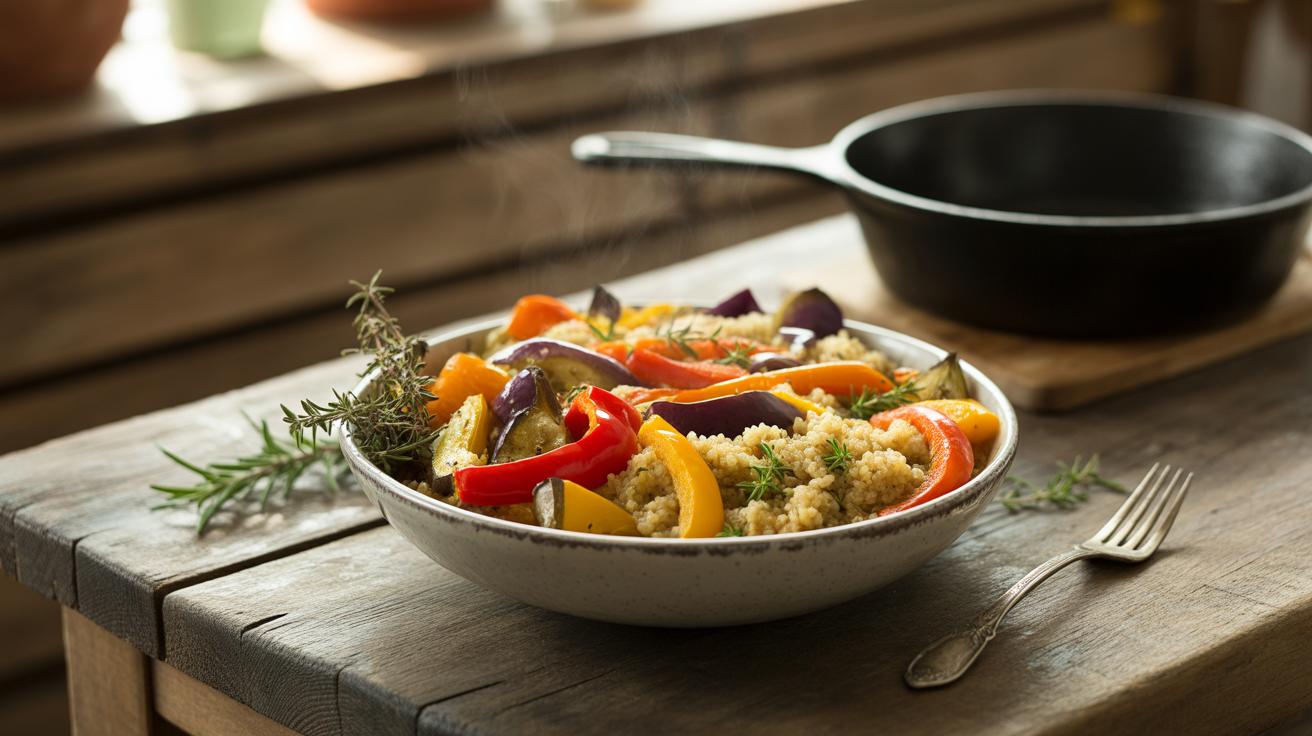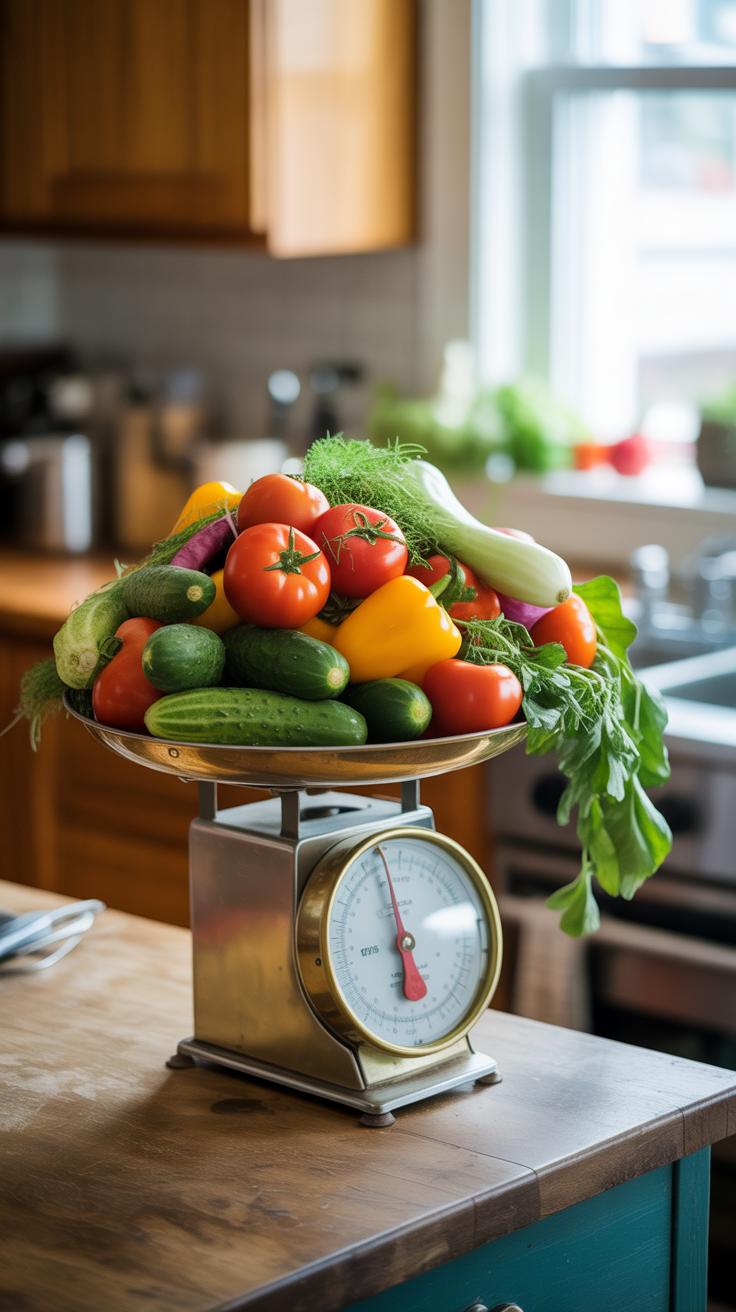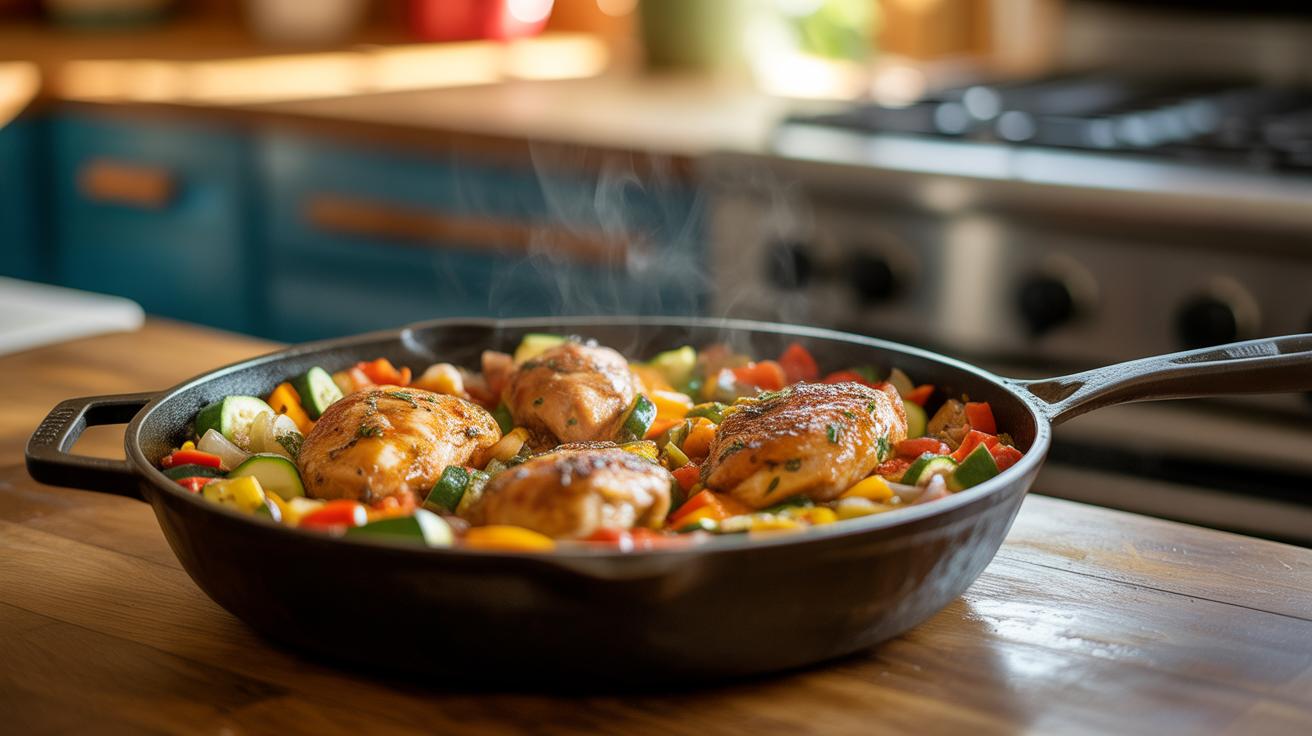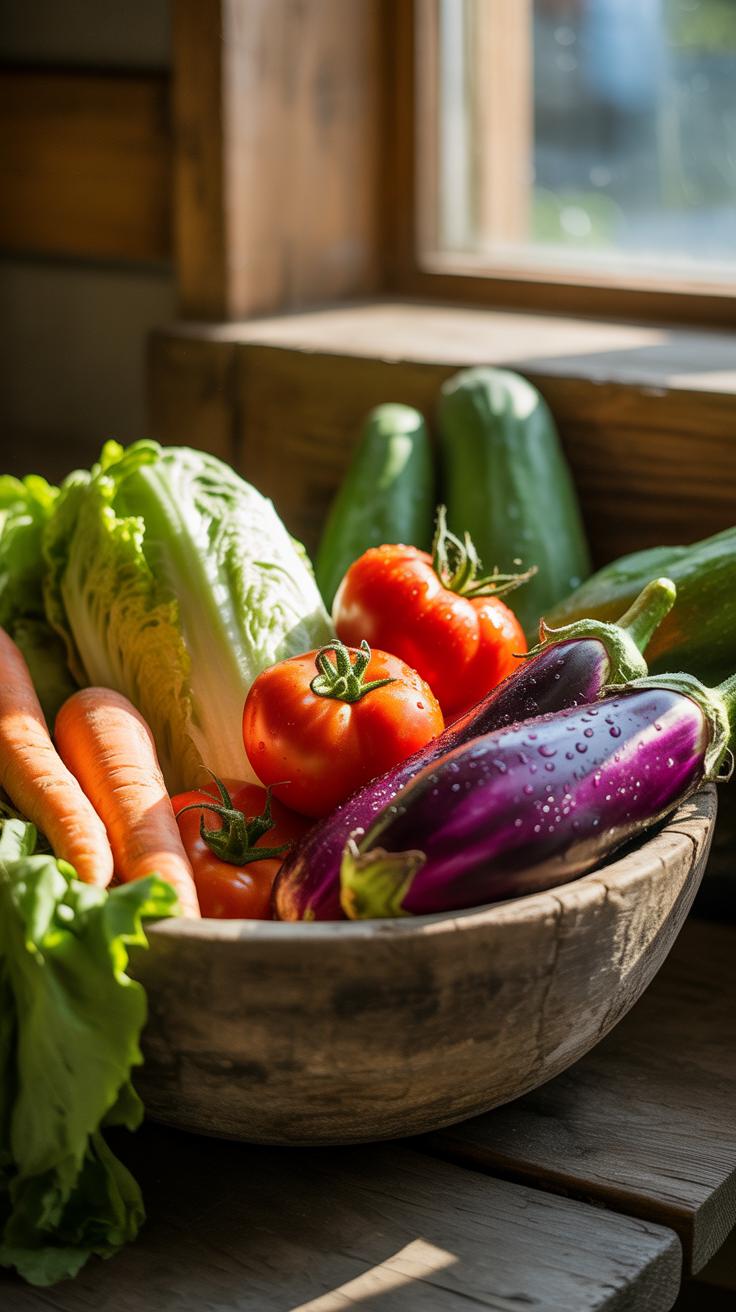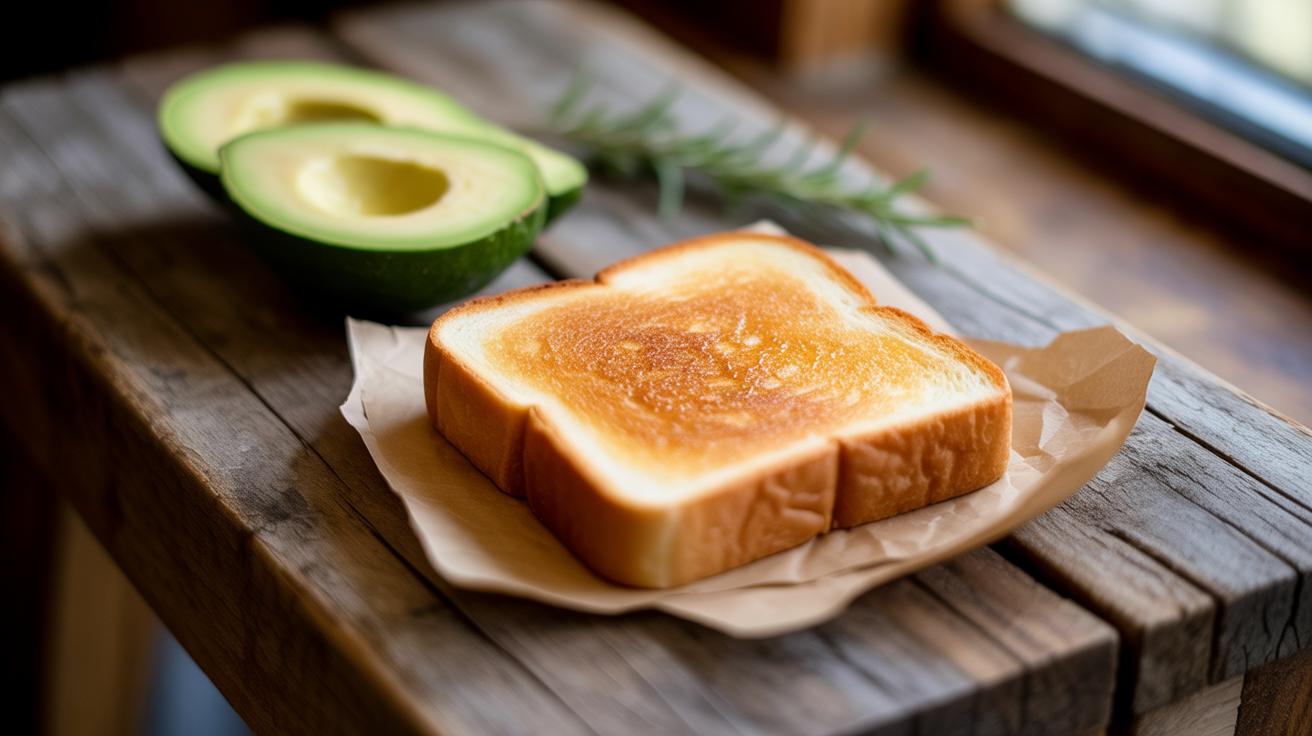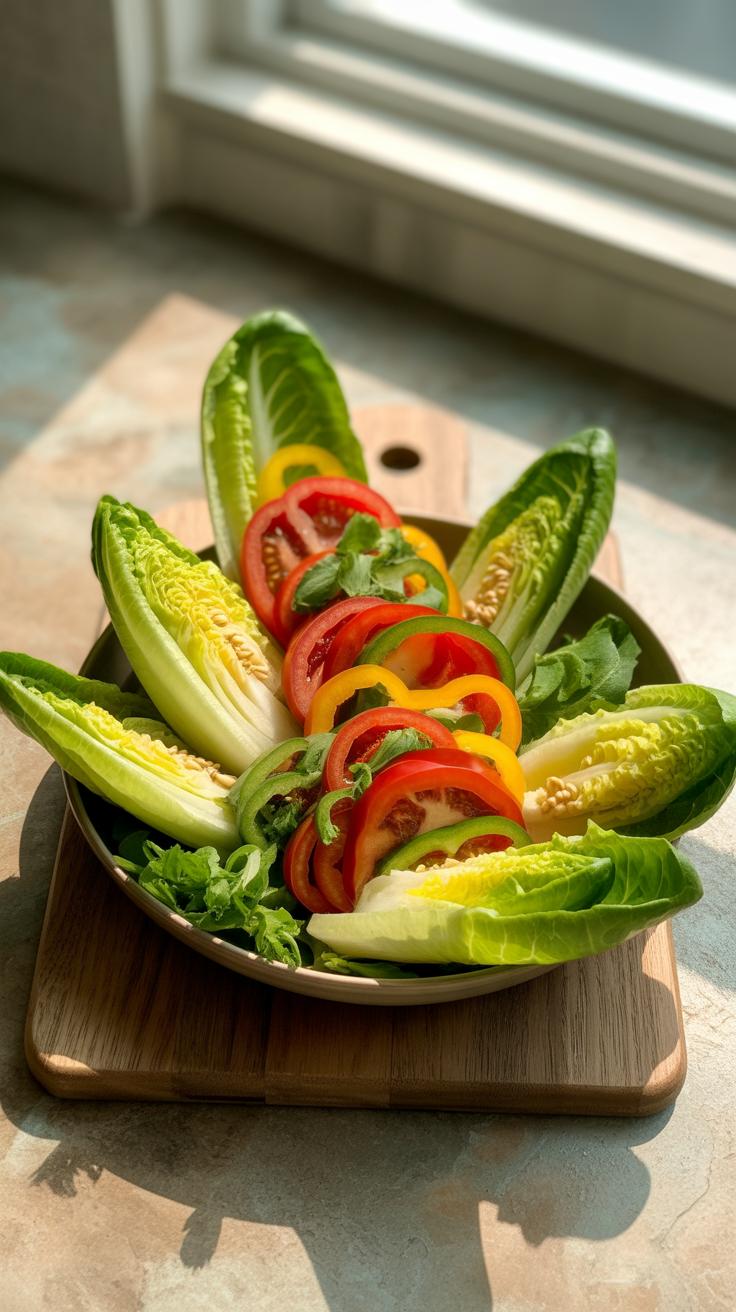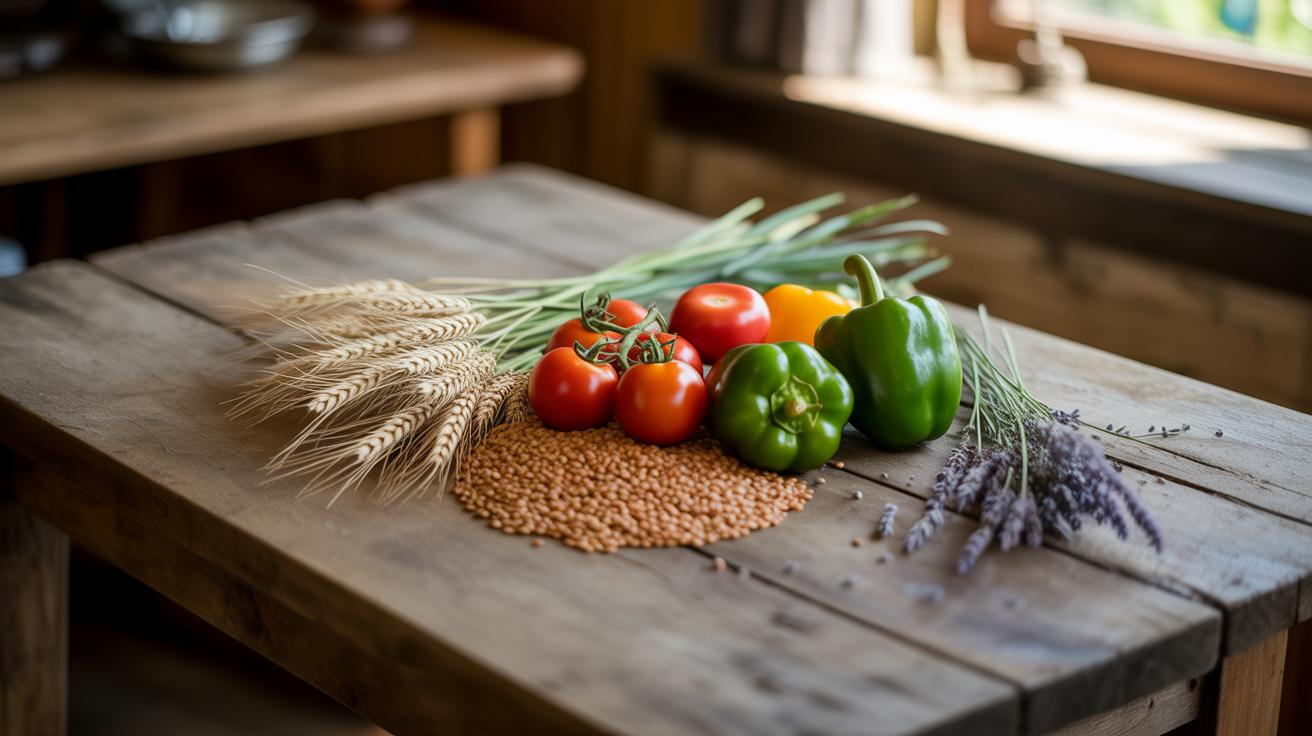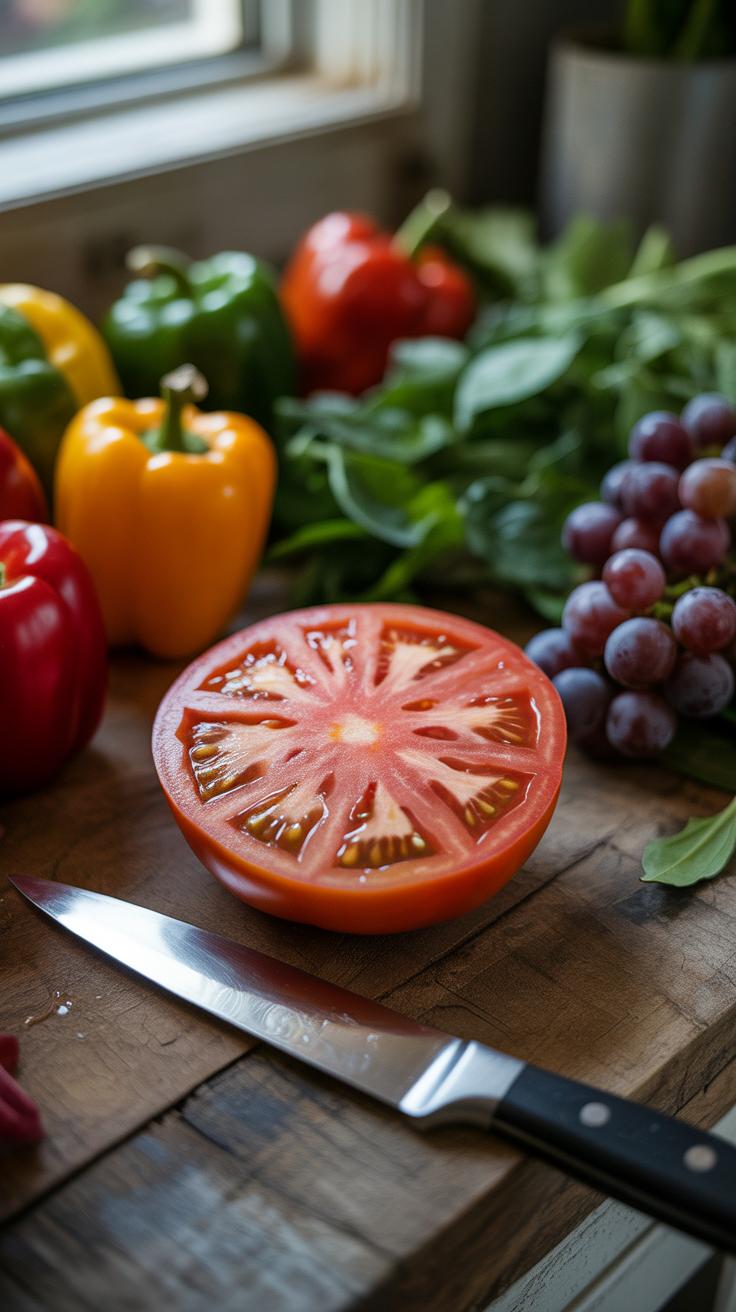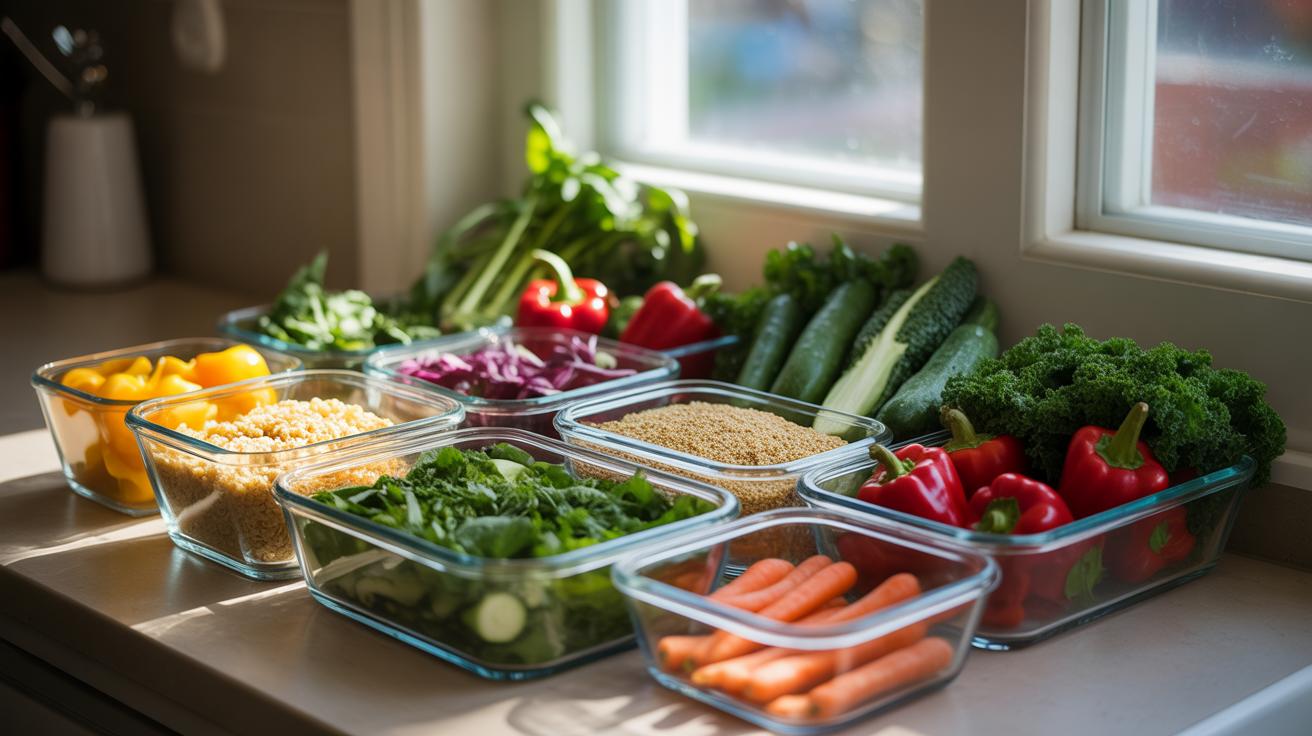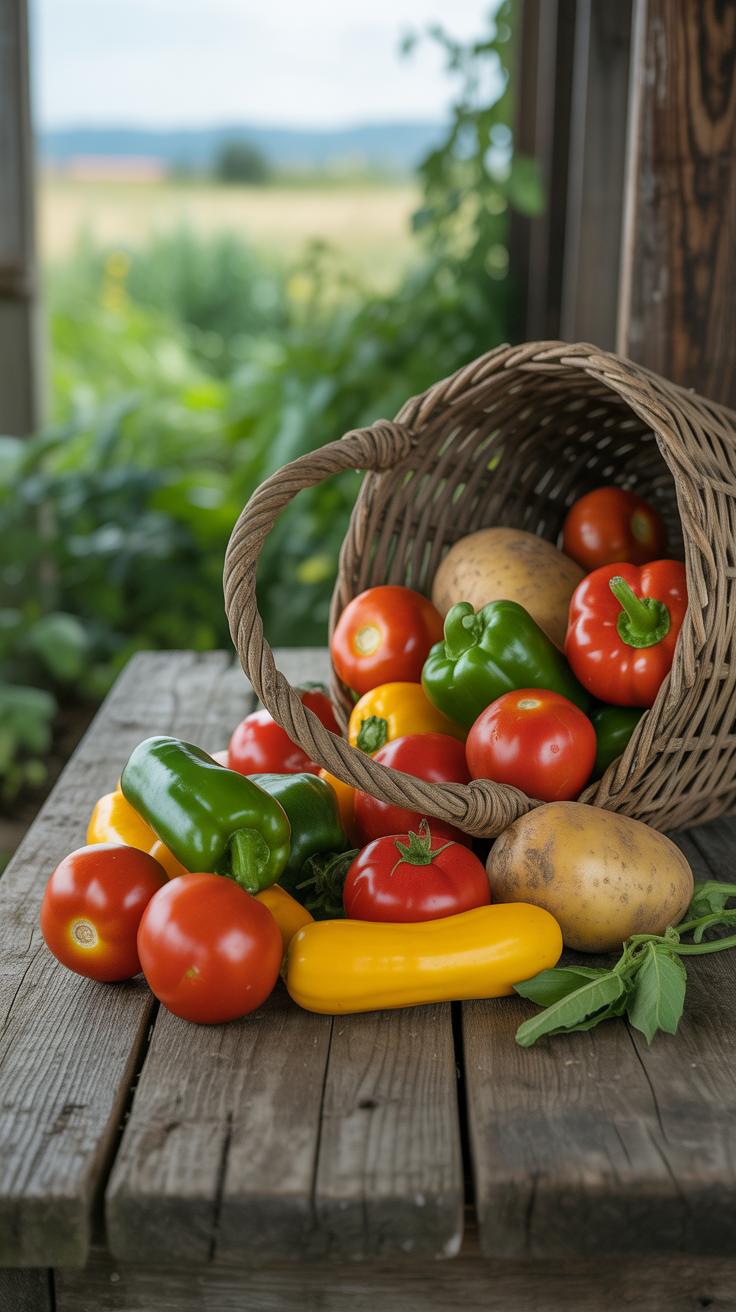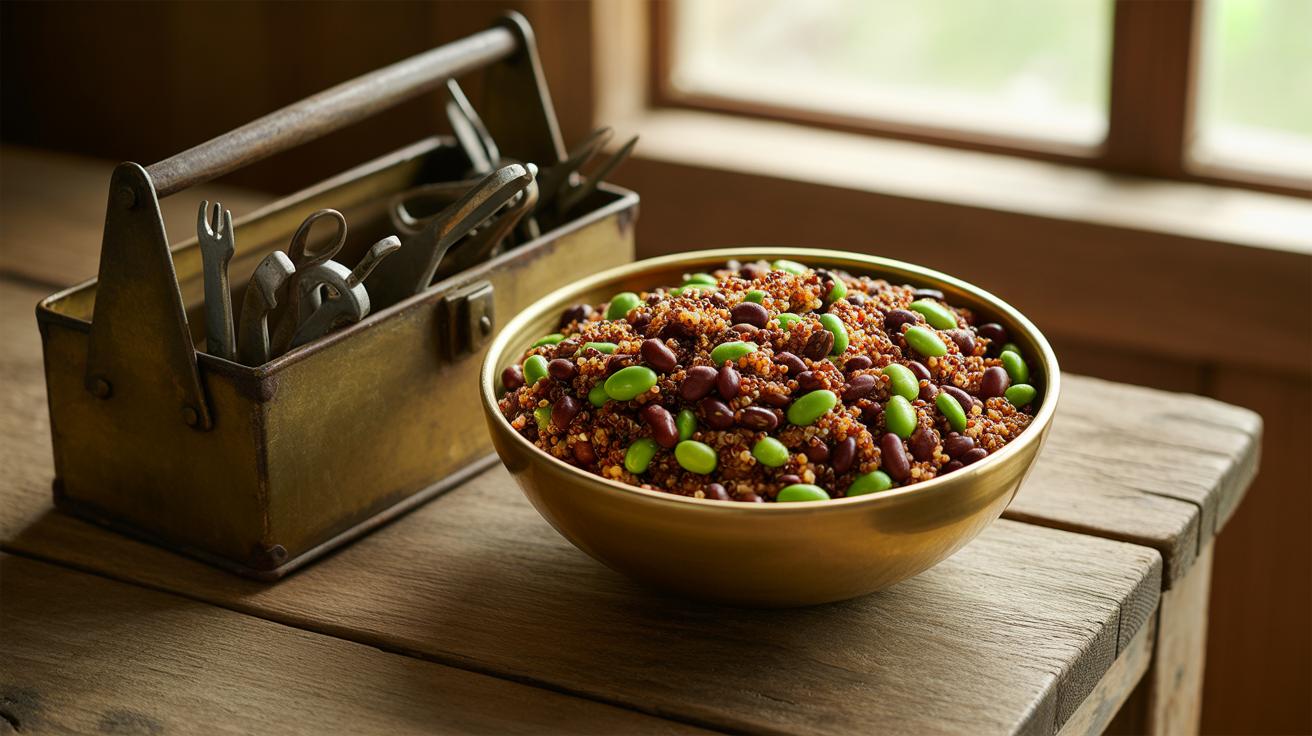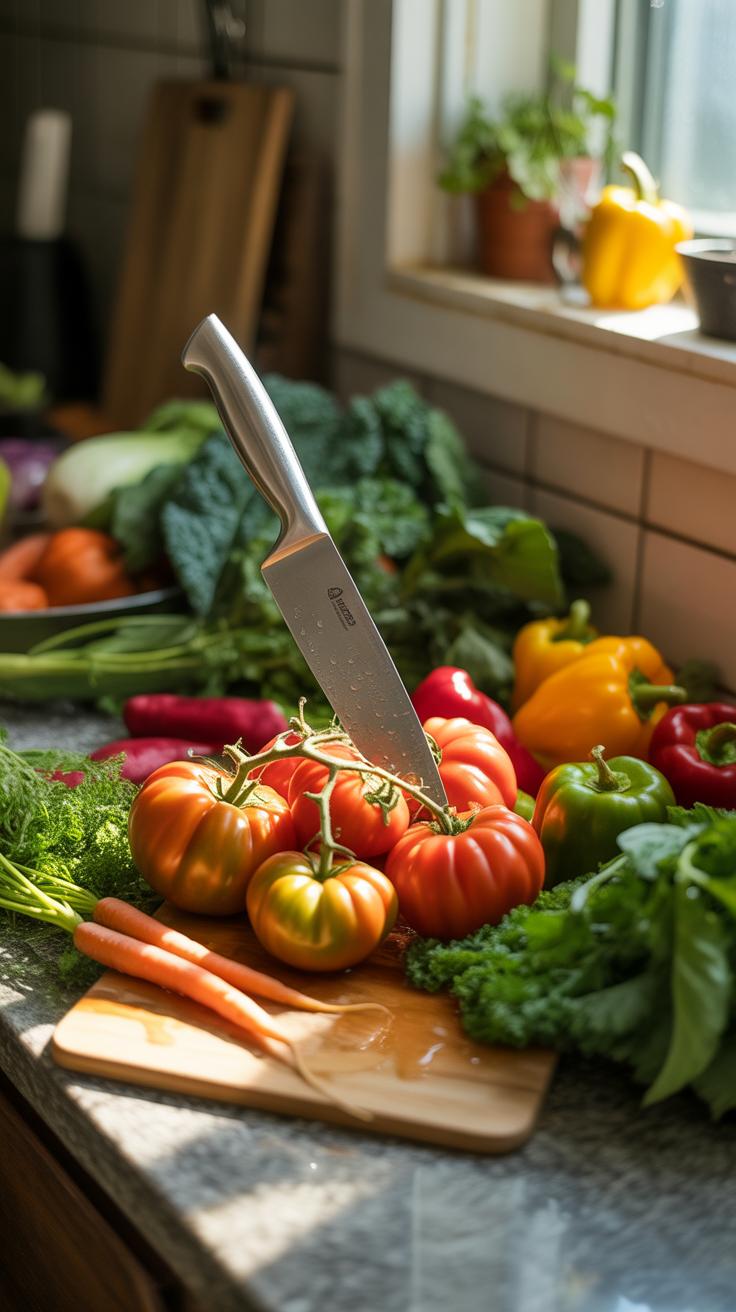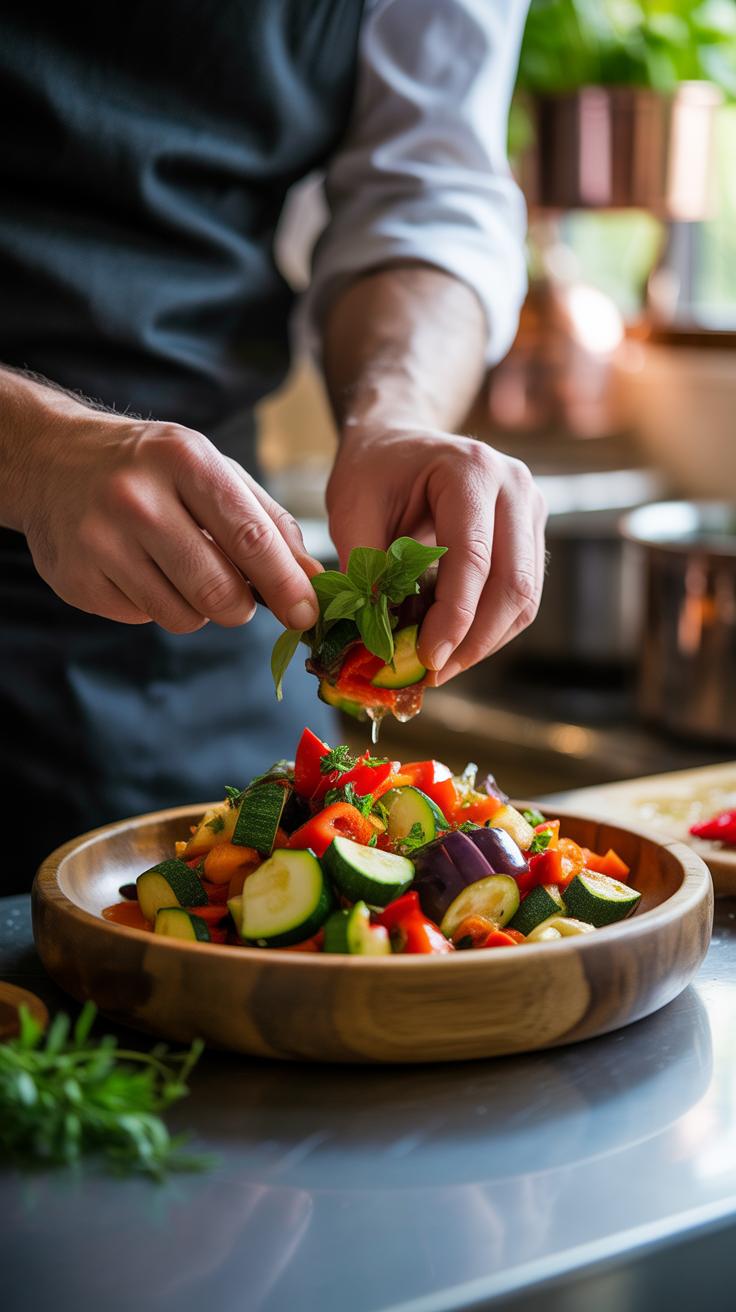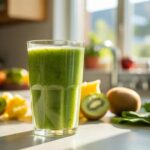Introduction
Many people want to eat healthy and use recipes to help. But sometimes, mistakes happen that stop these recipes from working well. These errors can make meals less tasty or healthy. This article covers five big mistakes that hurt your healthy eating recipes.
You will learn what these mistakes are and how to stop them. Fixing these problems can make your meals better for your health and more enjoyable. Let’s look at these mistakes so you can cook smart and eat well.
What Makes a Healthy Recipe Fail
Sometimes a recipe that looks healthy on paper just doesn’t deliver once you make it. There are a few common ways these recipes miss the mark, and it’s easy to overlook them if you’re not paying close attention. One big issue is missing essential nutrients—plenty of “healthy” meals end up lacking enough protein or fiber, which are key to feeling full and satisfied. I’ve tried recipes packed with veggies but forgot to add a real protein source, and honestly, I was hungry again way too soon.
It’s not only about what’s missing but also what gets sneakily added. Recipes can include too much salt, hidden sugars, or unhealthy fats without it being obvious. For example, some dressings or sauces labeled “light” might still have added sugar that cancels out the healthy side ingredients.
Cooking methods affect health, too. Overcooking veggies drains nutrients; frying can add unneeded calories. A salad drowned in creamy mayo suddenly turns less healthy. All these slip-ups chip away at the nutritional value, turning a good idea into something less useful. What’s your experience—have you ever tried a “healthy” dish that just didn’t feel right?
Nutrient Imbalance Problems
When a recipe misses balanced nutrients, it can leave you feeling off. Many dishes focus heavily on carbs or veggies but forget protein or healthy fats. Without enough protein, you might not build or repair muscles properly, and your energy might dip faster than expected.
Fiber is another often-neglected element. It keeps digestion smooth and helps control blood sugar, but many recipes skimp on it. Vitamins, too, get sidelined if you rely on only one or two ingredients. Think of a smoothie made just with fruit but no greens or seeds—great taste but missing a broader nutrient spectrum.
Everyone’s needs differ, yes, but meals that fail to include diverse nutrients risk being less satisfying and less supportive of your health goals. Have you noticed feeling tired or unsatisfied after a meal that looked healthy?
Using Unhealthy Ingredients
It surprises many people how often unhealthy ingredients slip into recipes meant to be healthy. Added sugars hide in sauces, marinades, and even homemade dressings. Salt gets dumped in to boost flavor, but too much can undermine heart health and blood pressure.
Then there are fats—some fats are necessary, but certain recipes use saturated or trans fats without pointing it out. Cooking oils can make or break a dish’s healthfulness. For instance, frying with cheap vegetable oils might introduce components your body doesn’t need.
Sometimes it’s the small details that matter most here. That teaspoon of sugar in a sauce or extra sprinkle of salt might seem minor but adds up quickly. Do you check ingredient lists carefully, or maybe you’ve fallen into the trap of trusting all “healthy” labels?
How to Avoid Portion Size Errors
Getting portion sizes right in healthy recipes is trickier than it sounds. You might think eating a bit more or less won’t make much of a difference but, over time, these small slips add up. Proper portions help regulate your energy levels and keep weight in check. Eating too much at once can leave you feeling sluggish, while eating too little might make you hungry soon after. Finding the right balance is key.
Measuring servings doesn’t have to mean breaking out a scale every time you cook. Simple kitchen tools or even your hands can come in handy:
- A standard measuring cup for grains or chopped veggies.
- Your palm to estimate a protein portion — about the size of your hand is a decent guide.
- A cupped hand for carbohydrates like rice or pasta.
- Thumb size for fats, such as nut butter or oils.
This rough method isn’t perfect, but it’s practical and quickly becomes second nature. Sometimes I’ve found myself eyeballing portions and still ended up with way more on my plate than needed. It’s one of those habits that just requires repeated effort.
Maintaining balanced energy intake throughout the day depends a lot on these portions. Eating a large meal early can keep you full longer but may cause a slump later on. Smaller, measured meals spaced evenly often work better for steady energy. Ask yourself: Does the portion you’re about to serve fit your activity level and hunger? Portion control isn’t about strict limits but about tuning into what your body really needs.
Checklist for Healthy Ingredients
When you’re aiming to keep your recipes healthy, it helps to have a go-to list of ingredients that really support good nutrition. Think of it as your kitchen’s foundation, the stuff you rely on most. Here’s a checklist that covers the essentials:
- Fruits: Berries, apples, oranges, and bananas. These bring natural sweetness and fiber.
- Vegetables: Leafy greens like spinach or kale, cruciferous veggies such as broccoli or cauliflower, plus colorful peppers and carrots.
- Whole Grains: Brown rice, quinoa, oats, and whole-wheat pasta provide lasting energy and nutrients.
- Lean Proteins: Skinless poultry, fish like salmon or cod, legumes including lentils and chickpeas, and tofu.
- Healthy Fats: Olive oil, avocado, nuts, and seeds—for taste and heart health.
Picking the right quality ingredients means more than just grabbing whatever looks good. With fruits and veggies, check for vibrant color and firmness. Avoid bruises or spots, but a little aging isn’t the end of the world—sometimes those softer tomatoes taste sweeter. When it comes to grains and nuts, fresh is often fresher—you can tell by smell or checking expiration dates. And lean proteins? If it doesn’t smell quite right or looks slimy, skip it.
One tricky part is avoiding processed ingredients that sneak into recipes. Watch for added sugars in sauces or dressings. Even “healthy” products can have hidden sugars or oils that don’t belong. Reading labels is tedious but necessary if you want to keep control over what you’re actually eating.
So, the checklist helps—but it’s not just about ticking boxes. Freshness matters, and being mindful about what you bring into your kitchen has a clearer impact on both taste and health than you might expect.
Are Your Cooking Methods Healthy
When it comes to cooking your healthy recipes, the method you choose can really change the outcome—both in taste and nutrition. Take baking and steaming, for example. Baking tends to preserve nutrients better than frying, but it can dry out vegetables if you’re not careful. Steaming is often praised because it keeps most vitamins intact, especially water-soluble ones like vitamin C, but some people find steamed food a bit bland. It’s a trade-off, I guess.
Frying, on the other hand, adds fat—sometimes a lot more than you might realize. If you’re cooking with large amounts of oil, the calorie count spikes, and some nutrients degrade under high heat. Grilling sits somewhere in-between; it can add flavor without extra fat, yet it may produce compounds that some prefer to avoid if overdone.
Healthy Cooking Techniques Comparison
Here’s how I see it:
- Baking: Lower fat, good for meats and veggies. But watch the time and temperature to avoid nutrient loss.
- Steaming: Excellent nutrient retention, minimal added fat, though texture might not appeal to everyone.
- Frying: Tasty, quick, but usually raises fat content significantly and can break down some nutrients.
- Grilling: Adds flavor and lets fat drip away, but can produce unwanted compounds if food chars.
Each method has its pros and cons. The question is, which ones suit your recipes and lifestyle best?
Simple Tips for Better Cooking
Sometimes, small tweaks in your cooking make a big difference. For example, try using a non-stick pan so you can cut way down on oil. Or cook at slightly lower temperatures, which helps keep nutrients intact and prevents burning.
Also, consider adding moisture—like a splash of broth or lemon juice—to keep baked or grilled foods from drying out. And I found that flipping food more often on the grill reduces charring without losing flavor.
What if you experimented by combining methods? Like lightly steaming veggies before sautéing them with minimal oil, so you get texture and taste, but less fat. It’s worth thinking about how many of these small adjustments fit into your kitchen habits.
Tools to Improve Recipe Health
Using Nutrition Apps
When trying to cook healthier meals, keeping track of what goes into your dishes can be tricky. Nutrition apps like MyFitnessPal, Lose It!, or Cronometer can help you see the calories and nutrients in your recipes, and not just after eating—they can guide you during meal prep. I’ve found it useful to enter ingredients as I go; it’s a bit of extra work, but you start noticing which foods push your nutrient goals off track. That said, some apps can get overwhelming with too much data, so it’s okay if you focus only on the basics like calories, protein, and fiber.
These apps often offer suggestions for ingredient swaps or portion sizes too. For example, swapping sour cream for Greek yogurt can cut fat without losing creaminess. Tracking portions can stop you from overserving, which matters more than many realize.
Smart Kitchen Gadgets
Kitchen tools can play a role in controlling your healthy eating efforts. Precision scales, for instance, aren’t just for baking—they help you measure servings exactly, eliminating guesswork. I sometimes underestimate how much oil I use until I weigh it. That small difference adds up over time.
Air fryers and steamers also encourage cooking without excessive fat. They give you better control over how food cooks, so it’s healthier but still tastes good. Another handy gadget is a programmable slow cooker; tossing in fresh ingredients and letting them cook gently can preserve nutrients and cut down on unhealthy shortcuts.
But it’s not about filling your kitchen with every gadget—it’s choosing a few that suit your style and make healthy cooking practical and enjoyable. Do you already have tools that could help, but you just rarely use them?
Common Pitfalls with Recipe Planning
Skipping meal prep is one of those mistakes that feels harmless at first but often backfires. You think, “I’ll just cook fresh every time,” and then days get busy or you run out of key ingredients. Suddenly, it’s takeout or a rushed snack instead of the balanced meal you planned.
Ignoring your shopping list another common error. Without it, you’re likely to miss essential ingredients or buy extras that don’t fit your recipes. This can lead to improvising meals with what’s on hand, which isn’t always healthy or satisfying. Have you ever started a dinner only to realize you’re missing the star vegetable? That’s frustrating and undermines the whole plan.
Last-minute ingredient swaps happen more often than we admit. Maybe you discovered the spinach is wilted or the chicken is gone. You replace it—sometimes with less nutritious options—without thinking of the impact on flavor or health. These changes might seem small, but over time they can derail your effort to eat well.
Planning your meals ahead means you’re less likely to encounter these issues. It encourages consistency and helps you stick to nutritious choices. The question is: can you keep that commitment even when life throws curveballs? It’s tricky, but worth trying.
Time Management for Healthy Cooking
Finding time to cook healthy meals regularly feels tricky for many. You might think it requires hours in the kitchen every day, but that’s not always the case. Planning and prepping can save you from last-minute scrambles.
Try setting aside a bit of time during the weekend to batch cook. Prepare staples like grains, roasted veggies, or lean proteins ahead of time. Store them in the fridge or freezer. Then, during the week, you just mix and match rather than starting from scratch.
Some meal prep tips I’ve found helpful:
- Choose simple recipes with overlapping ingredients to reduce shopping and cooking time.
- Use tools like slow cookers or instant pots—they can save hands-on time.
- Divide prep work: chop veggies while something is simmering.
- Pack portion-sized meals to grab on busy days.
When you’re short on time, quick recipes can keep healthy eating on track. Think: stir-fries with pre-cut veggies and tofu, hearty salads with canned beans, or whole-grain wraps loaded with fresh greens and lean meat. These don’t need long cook times but still offer good nutrition.
It’s tempting to skip meals or grab takeout when you feel rushed. But a little advance prep can make a real difference—you might even find it less stressful than you expect.
Examples of Recipe Fixes that Work
Let’s start with a recipe that’s packed with salt—a common problem in so many dishes. Take a simple tomato soup, for example. The original calls for a full teaspoon of salt, which can quickly overwhelm the flavors and push sodium levels dangerously high. Instead, try cutting the salt in half and adding a splash of lemon juice or a sprinkle of smoked paprika. This boosts the flavor without piling on sodium. It’s surprising how acidity or a bit of spice can make you *forget* the missing salt.
Another example is a veggie stir-fry that comes across as tasty but low on protein. You might think adding tofu is the obvious fix, but it’s not always the answer—sometimes the texture doesn’t match well or you just don’t enjoy it. Instead, try tossing in chopped nuts or seeds, such as almonds or pumpkin seeds. They add crunch, a protein boost, and healthy fats at the same time. Sometimes a couple of cooked lentils or a drizzle of tahini sauce can fill that protein gap without making you feel like you’re eating a one-note dish.
Portion size can also sneaky sabotage your efforts without you realizing it. For instance, a curry recipe might be nutrient-rich but serve a portion that’s way too large, making calorie control difficult. Shrinking that portion a bit, while pairing it with a side salad or steamed greens, balances the meal better. It’s about shifting the recipe’s shape, not just the ingredients. Have you ever found yourself full but unsatisfied because something felt off? That’s usually portion or balance, not just the ingredients.
Conclusions
Fixing mistakes in your healthy eating recipes can improve your diet and make meals more fun. Being careful about variety, portions, ingredients, and cooking helps you eat better. Your body will get what it needs without extra bad stuff.
Remember, cooking healthy is a skill you can learn. Watch for these common errors and adjust your recipes. This way, healthy eating fits your tastes and lifestyle. Keep trying and enjoy healthy meals every day.

